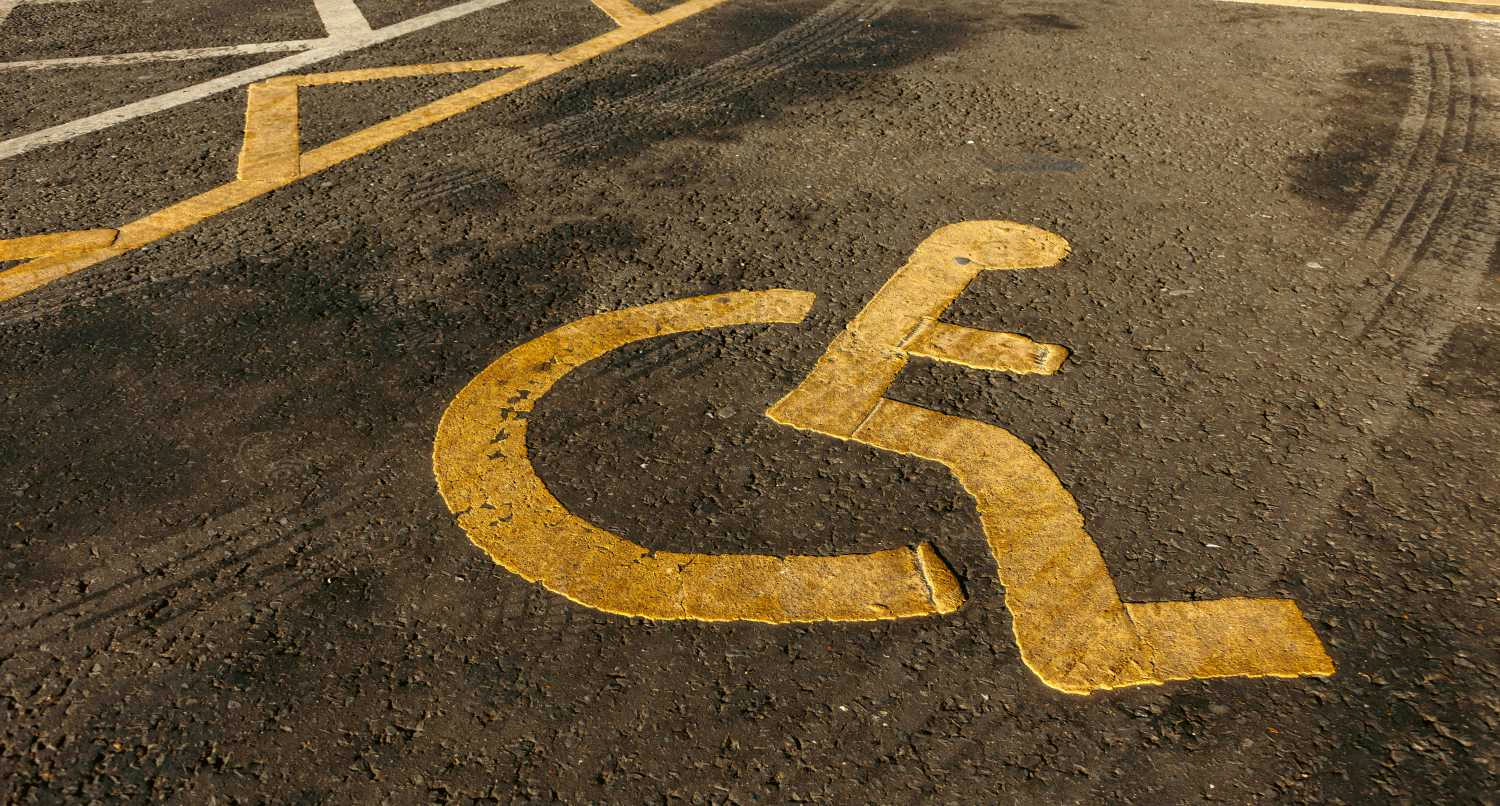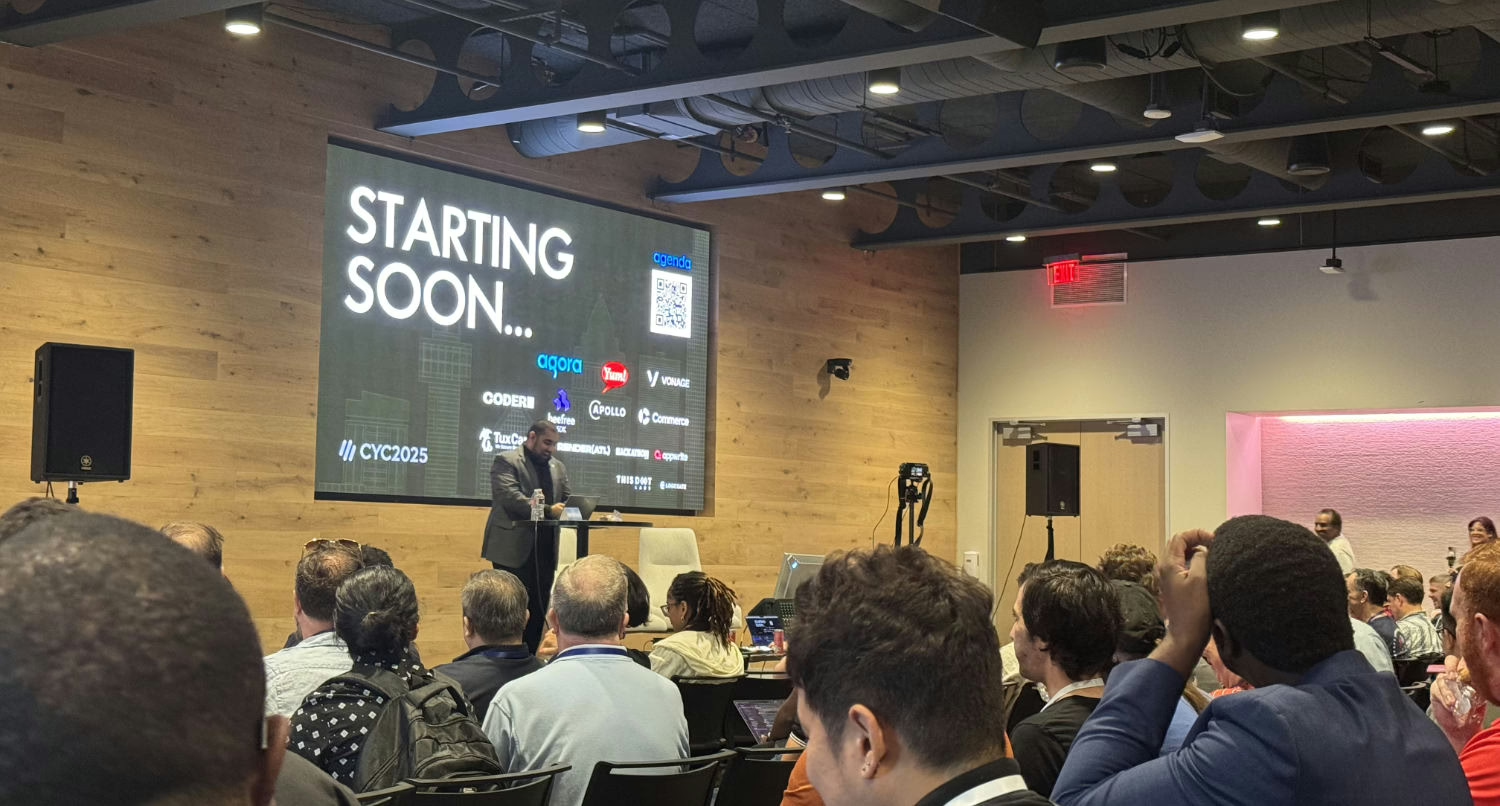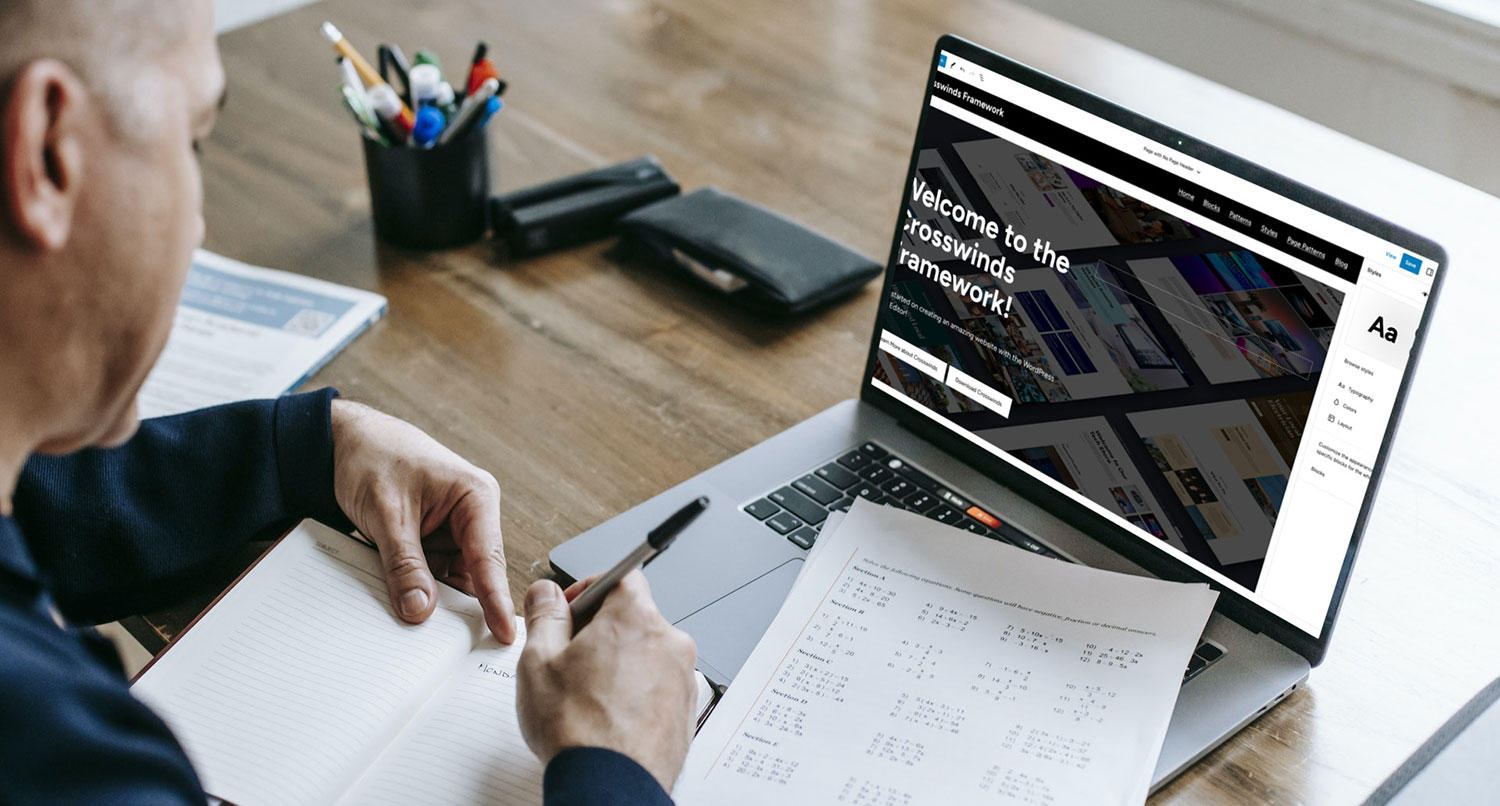Regardless of what others may say, web accessibility matters.
Caring about your neighbors still matters. Wanting to create a better web for everyone, regardless of the technology they use to browse, still matters.
That’s not a fad. That’s a goal that we should all strive for, whether you’re a developer creating websites, building your own website via a content management system like WordPress or through a website builder like Shopify, Wix, or Squarespace, or simply a regular person posting on social media.
Accessibility isn’t a nice-to-have feature; it’s essential for websites. It’s an absolute requirement. And in many cases, it’s the law.
Let’s dive into why you should care about making your website, app, projects, or even just your social media profile accessible.
Accessibility By the Numbers
Let’s start by examining the statistics surrounding accessibility.
Did you know that in the U.S. alone, 1 in 4 adults, or 61 million people, live with some type of disability, potentially facing significant barriers when using inaccessible websites, according to the Centers for Disease Control and Prevention? And that the World Health Organization says that 1.3 billion people worldwide live with some form of disability?
Yet despite those numbers, only 3 percent of the internet is accessible to individuals with disabilities, highlighting a massive gap in digital inclusion, according to UserWay. Additionally, WebAIM reports that a staggering 96.3 percent of the world’s top one million websites had detectable WCAG 2.0 failures in 2023, indicating that even the most popular sites are failing to meet basic accessibility standards.
And those numbers come back to bite businesses where it matters most: in the wallet.
Companies with inaccessible websites lose an estimated $6.9 billion to competitors annually, according to McKinsey Digital, demonstrating that accessibility isn’t just a compliance issue; it’s a business imperative.
And Skilltide says that 71% percent of people with disabilities will leave a website that presents them with access barriers, indicating poor user experience for one group often translates to a poor user experience for all.
Finally, the spending power of people with disabilities and their families is estimated at $13 trillion globally, according to The Valuable 500. This is a massive market that businesses are missing out on by not having accessible websites.
And if you’re still not convinced by the business numbers, there’s also a significant legal risk. In 2023, 4,605 ADA digital accessibility lawsuits were filed in the U.S., representing a 14.1% increase from the previous year, according to PixelPlex.
The SEO Case for Accessibility
Let’s first start by discussing how accessibility helps your SEO. You know, how your website, business, or organization gets found through search engines.
Did you know that search engines are essentially blind users?
They don’t see a website; they read its code and structure. Many of the things you do for accessibility directly improve how search crawlers understand and rank your content.
Take, for example, alternative text. This text is displayed on the page if an image fails to load or if the user is using a screen reader, where the description of the image is read aloud so they can understand what’s being shown.
However, it also helps search engines understand your visual content on the page, making it easier for them to index and display it in search results.
Or take using the correct hierarchical structure for your headings. You should make sure that there’s only one level 1 heading for the entire page. Then use level 2 headings for subheadings and level 3 headings inside of those subheadings.
This is essential for users of assistive technology to navigate a page, and it’s also a fundamental way that search engines determine the hierarchy and importance of your content.
Finally, by ensuring you have transcriptions for audio content and captions for video content, you’re helping both users who are hard of hearing and search engines.
By providing text alternatives for video and audio, you’re not only serving users with hearing impairments but also giving search engines a valuable source of text to index, thereby boosting your content’s discoverability.
By taking steps to improve your website’s accessibility, you will also enhance its SEO. That, in turn, will help your website rank higher and be more easily discovered in search results, leading to increased page views and conversions.
The Usability Case for Accessibility
If the SEO case isn’t enough for you, let’s talk about the usability case for accessibility. You might be surprised at how making websites accessible for those with disabilities can help everyone use your website more effectively and efficiently.
Think of the curb-cuts you see at street corners. Initially, those were built for wheelchair users to be able to cross the street, but they also help people with strollers, delivery carts, and rolling luggage. Something created for accessibility helped everyone.
And it’s the same for the web.
For example, a common accessibility issue on the web concerns color contrast. Unfortunately, there are many situations where the contrast between the text color and the background color or image makes it nearly impossible for low-vision users to read.
But by making sure you have high contrast between the text and background, you’re not only helping those users, but also anyone trying to view a screen in bright sunlight or who is simply tired after a long day. And to be honest, even as someone with 50/50 vision, I’ve had a hard time reading text with the wrong color contrast. So correcting color contrast issues will help everyone.
Also, another great example is video captions. They are essential for deaf and hard-of-hearing users, but they’re also used by the vast majority of social media users who watch videos with the sound off. In fact, studies have shown that around 75% of people watch videos on their mobile devices with the sound off, according to Digiday.
Consider how often you watch a video, particularly on social media, in a loud environment, and need to use captions to understand what’s happening. Do the same for your users and followers who are in that same position.
The final example comes from links.
Clear, descriptive links help all users scan the page quickly and efficiently. Instead of “click here,” using descriptive text like “read our Laravel development guide” helps screen reader users understand where a link leads, and it allows all users to scan a page and find what they need quickly.
By taking the steps to make your website more accessible, you’re making it easier for all visitors to your website.
The Business Case for Accessibility
Okay, but what if you don’t care about the SEO or usability case for accessibility? A little odd, in my opinion, but let’s now go over the business case for accessibility.
First of all, by ignoring accessibility, you’re excluding a significant portion of the market. You already have the stats on the population with disabilities and their $13 trillion in global spending power. An inaccessible site is like locking the door on a vast group of potential customers.
Additionally, inclusivity, regardless of what a government might say, is a powerful brand signal. Committing to accessibility demonstrates that your business values everyone, thereby enhancing your brand reputation and fostering loyalty with socially conscious consumers.
Additionally, it serves as a proactive defense against legal risk. As mentioned above, ADA-related lawsuits are on the rise. The cost of building an accessible website from the start is a fraction of the price of a potential lawsuit and the subsequent remediation.
Finally, accessibility improves customer retention. When a site is easy to use for everyone, it leads to a better overall user experience, which translates to higher conversion rates and customers who are more likely to return.
In an economy like the one we’re in and heading towards, every customer, client, and dollar matters a great deal. By making your website accessible, you’re opening yourself to the broadest possible market.
The Human Case for Accessibility
But personally, I will always find the human case for accessibility to be the most important and influential.
The web is essential infrastructure for today’s world. It’s no longer a luxury or something nice to have; it’s a necessity. Instead, it’s something almost everyone has to use to function in society.
We rely on it for banking, education, healthcare, and staying connected. Inaccessible websites create real barriers to participation in modern society. And that can make a demoralizing and dehumanizing effect on those who are disenfranchised.
Additionally, at some point, everyone will fall into the disabled category. The reality is that being perfectly able is only temporary.
Everyone will grow old. Our eyes will start to fail us. We will struggle to hear. Our motor function will decline.
So create the website and world that you want to be in when that happens.
Additionally, disability can be temporary, situational, or permanent. Someone with a broken arm (temporary), a bartender in a loud venue (situational), or a person with a permanent motor disability all benefit from accessible design. You’re designing for human diversity.
Finally, it’s about empathy and digital equality. This is the core of your mission to empower small businesses. True empowerment means ensuring the tools and websites you build are open and available to every single potential customer, without exception. It’s simply the right thing to do.
Web Accessibility Will Always Matter
At the end of the day, web accessibility is always, always, always going to matter.
This is not a trend. It’s not a fad. It’s not something that will disappear after a few months, like Flash, parallax scrolling, and hamburger menus on desktop views.
Accessibility is here to stay.
It’s about caring for your website’s users, making it easier for them to navigate the website. It’s about creating a more open web that’s usable for everyone, regardless of the technology they use to browse the web.
And while that technology will change over time, there’s one constant that will remain: humans. As we transition to new platforms—such as voice interfaces, VR, and AR—the core principles of accessibility will only become more critical. Building with them in mind is a future-proofing strategy for your work.
Take the time to ensure your website is accessible.
While I’ll be posting accessibility tips in future blog posts, I’ll leave you with this: accessibility is a journey.
You’re not going to snap your fingers and make your website immediately accessible. It will take time, effort, and learning. And that’s okay. It’s okay if your website still isn’t 100 percent accessible an hour after reading this.
It’s the effort that counts. It’s about creating a plan to make it accessible and following through on that plan. It’s about committing to making sure your website is accessible to everyone.
Accessibility will always matter.





